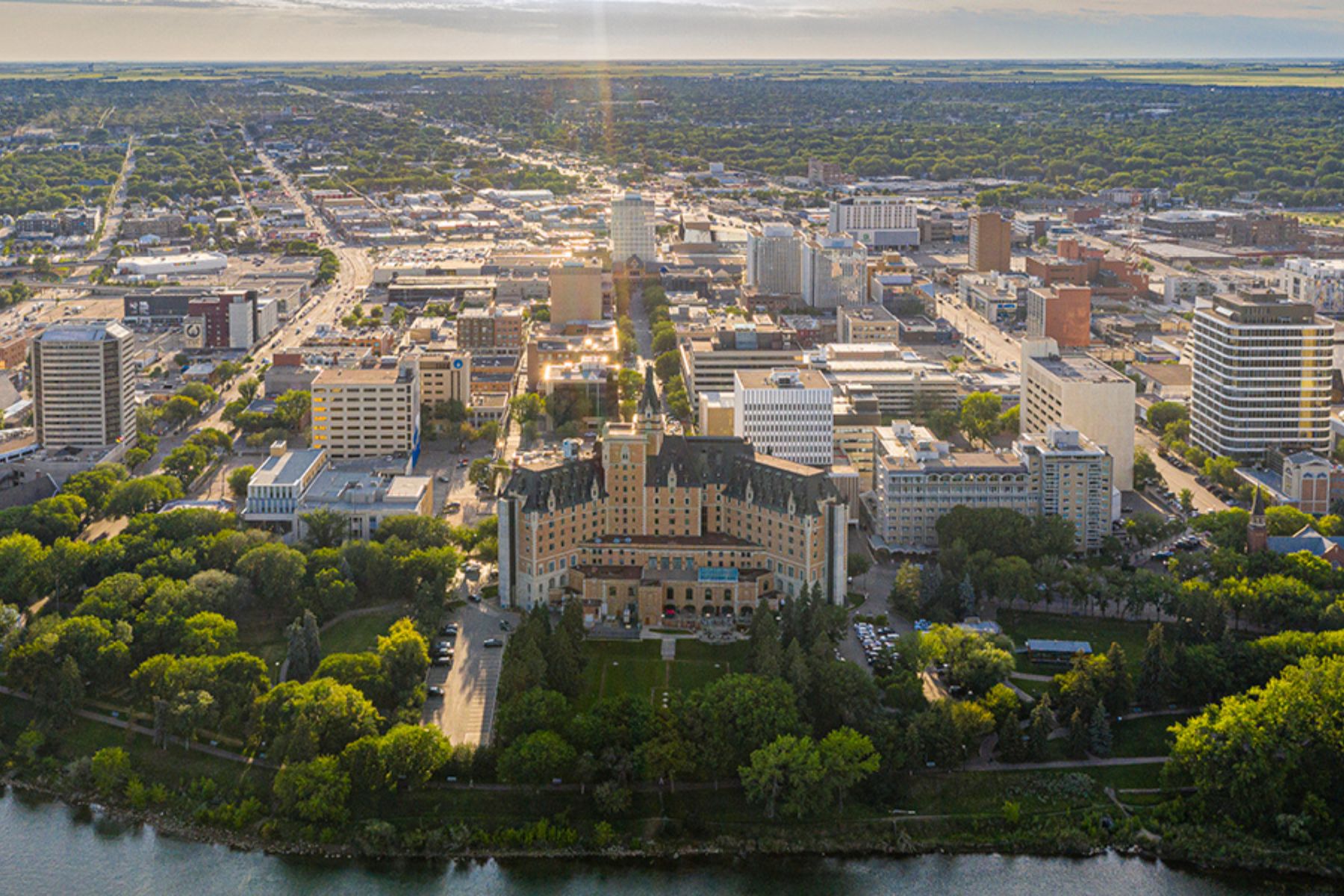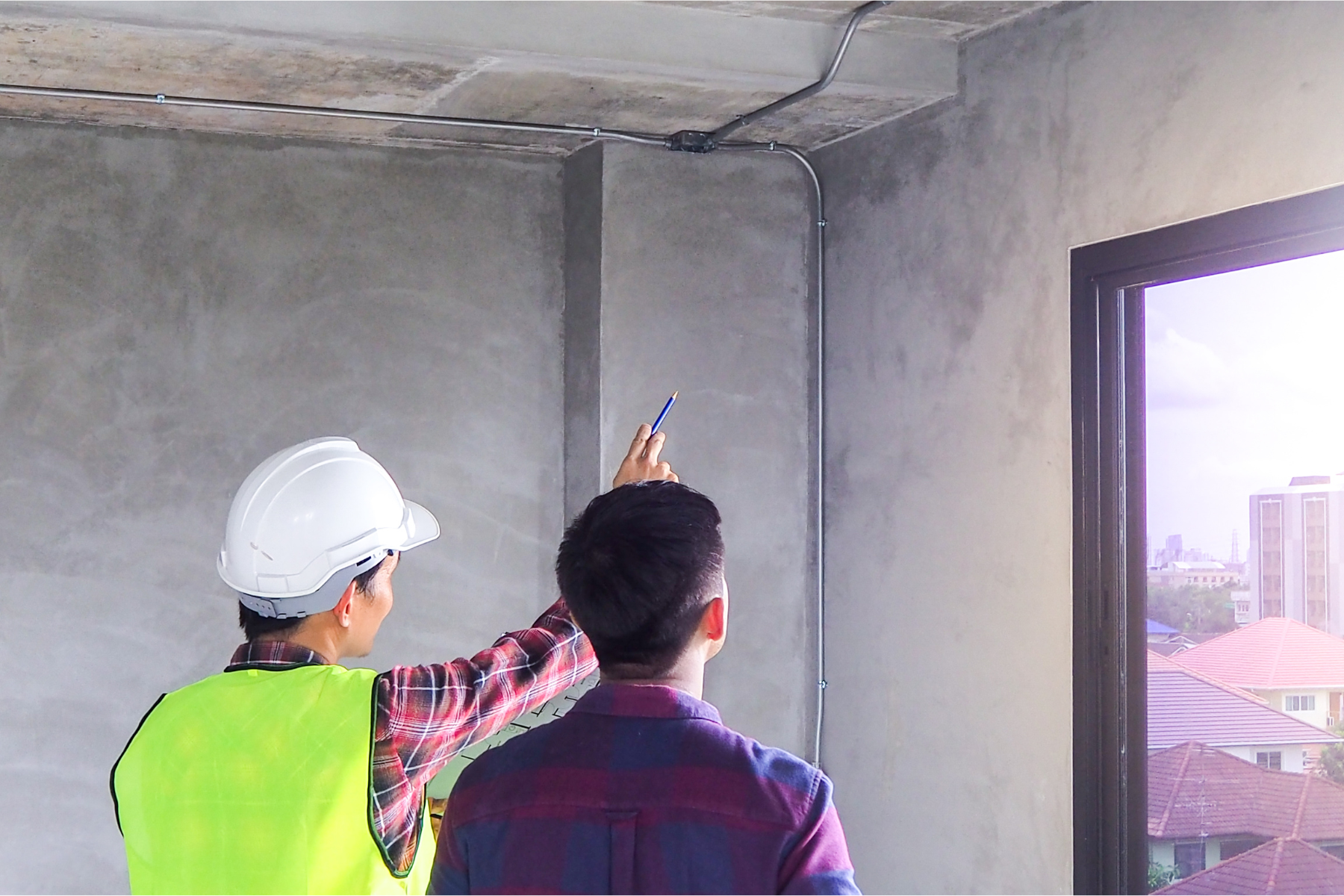As Canada advances clean growth and climate action, tens (or even hundreds) of thousands of roles could be created in regions across the country. However, sectors are sounding the alarm about a challenge this growth could create: it may very well worsen labour shortages. This concern is valid. Without finding more skilled workers, increases in labour demand risks raising vacancy rates, especially when Canada’s ageing workforce is taken into account. High rates of job vacancies, especially if they are concentrated around particular occupations in the skilled trades, also have real costs: they can increase costs of construction or operations, lead to delays or outright cancellations for projects, and could even see Canada miss its climate targets if vacancies occur at a large enough scale.
Luckily, Canada can take steps to tackle these challenges. Addressing labour shortages can be done through two means:
First, policymakers need to ensure that regions across the country have enough workers to fill available positions.
Second, workers need to be equipped with the skills required to build clean economy projects.
Achieving these objectives will require changes to our education programs, our immigration system, and adopting new models for workforce training that are fit for the purpose of decarbonization. This blog details some solutions federal and provincial policymakers can take to avoid high vacancy rates, and keep our climate progress on track.
First, find and attract enough workers who already have the necessary skills
Finding skilled workers can be a challenge in many sectors in Canada. Industries like construction and manufacturing are each facing labour shortages, with the two experiencing vacancies of 90,000 and 87,000 respectively as of June 2022. To tackle these gaps, industries frequently rely on immigration. Given that 80% of Canada’s labour force growth is now made up of skilled immigrants, making immigration processes for skilled workers simpler and lower cost is an imperative to filling these vacancies.
Provincial Nominee Programs should bring in more skilled trades workers
The first step regions should take is to further refine the scope of Provincial Nominee Programs (PNPs) to ensure they draw in more skilled trades workers. PNPs are a provincially administered stream for immigration that allows skilled workers and their families to apply for and settle in a specific province. To continue serving the needs of businesses, many of whom are reporting severe shortages in workers in the skilled trades, PNPs should greater emphasize the need for individuals with this profile of skill sets and experience. Broadening the focus of these provincial programmes to more readily draw in skilled trades professionals could also help address a growing disparity between immigration programs, which is that immigration programs designed for the skilled trades have had low uptake relative to other programs in the last five years. This, in part, is due to the fact that the majority of economic-class immigration programs are more tailored to workers with post-secondary education than backgrounds in the trades, since additional “points” are offered to individuals who have spent more time receiving post-secondary education.
Lower the time and costs associated with recognizing foreign credentials
Additionally, lowering the time and costs associated with both entering through a PNP, and for having one’s credentials and experience recognized once newcomers arrive in Canada, could help tackle these gaps. Depending on the province, immigration through a PNP can cost between $2,300 – $3,800 CAD, which exceeds the costs associated with federal immigration programs (such as the Express Entry program). More closely aligning costs for entering through a PNP with federal programming would be a good step.
A synchronous step would also be to lower the time and cost barriers associated with having international credentials recognized in Canada. For regulated professions (i.e. professions where a licence or accreditation is required to practise in Canada/in a Canadian province), professionals must receive provincial or federal licences or certifications before beginning to practise their trade once they arrive. The cost for the required trade exam can range between $15 and $700, depending on the province. Costs can also be borne by workers in the form of time requirements - the number of work hours trade challengers need often exceeds the hours required of in-province apprentices, sometimes by up to 2,700 hours.
Both of these represent real economic costs to individuals, who often cannot earn wages at the level their skill set would otherwise allow, as well as businesses, who may be unable to fill their open roles if an individual with the right skill set is not yet licensed.
Second, train workers who want to pursue careers in this space
Canadian training and education programs also need to ensure they are teaching graduates the skills needed to succeed as more zero-emissions projects are advanced. One foundational reform is the need for more training and education programs to begin teaching “green literacy” skills – a mix of social, emotional and technical skills required to work in many clean economy roles. These include skills like critical thinking, communication, collaboration, and creativity. As many of the clean economy projects will be largely made up of new products or technologies for the sectors where they are deployed, workers will need to be able to communicate effectively and get creative when involved in the production or adoption of new solutions. As one example, designing mass timber structures requires detailed collaboration between manufacturers, designers, and construction workers because manufacturing specifications need to be exact to allow for speedy on-site assembly. Educational institutions will need to ensure all workers – from managers to technicians – have these foundational skills as they grow in importance across the economy.
If we want to build it, people need to come
Meeting Canada’s climate targets will require an enormous skilled workforce, and ensuring the country has the talent required to build all necessary projects will require an all-hands-on-deck approach. We need to make reforms to our immigration systems to focus more on bringing in skilled workers, lower the time and costs associated with working in Canada, and greater emphasize the skills needed to build projects in the clean economy. Without these steps, Canada risks raising the costs of climate action or missing its target entirely.






